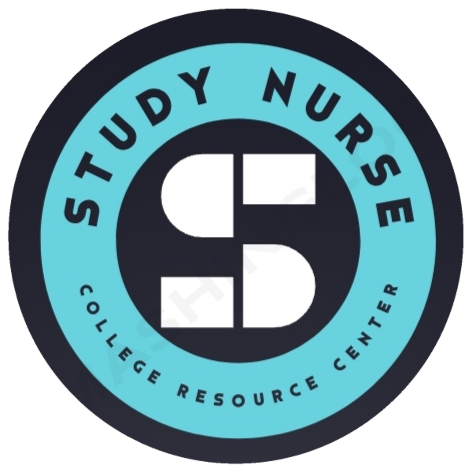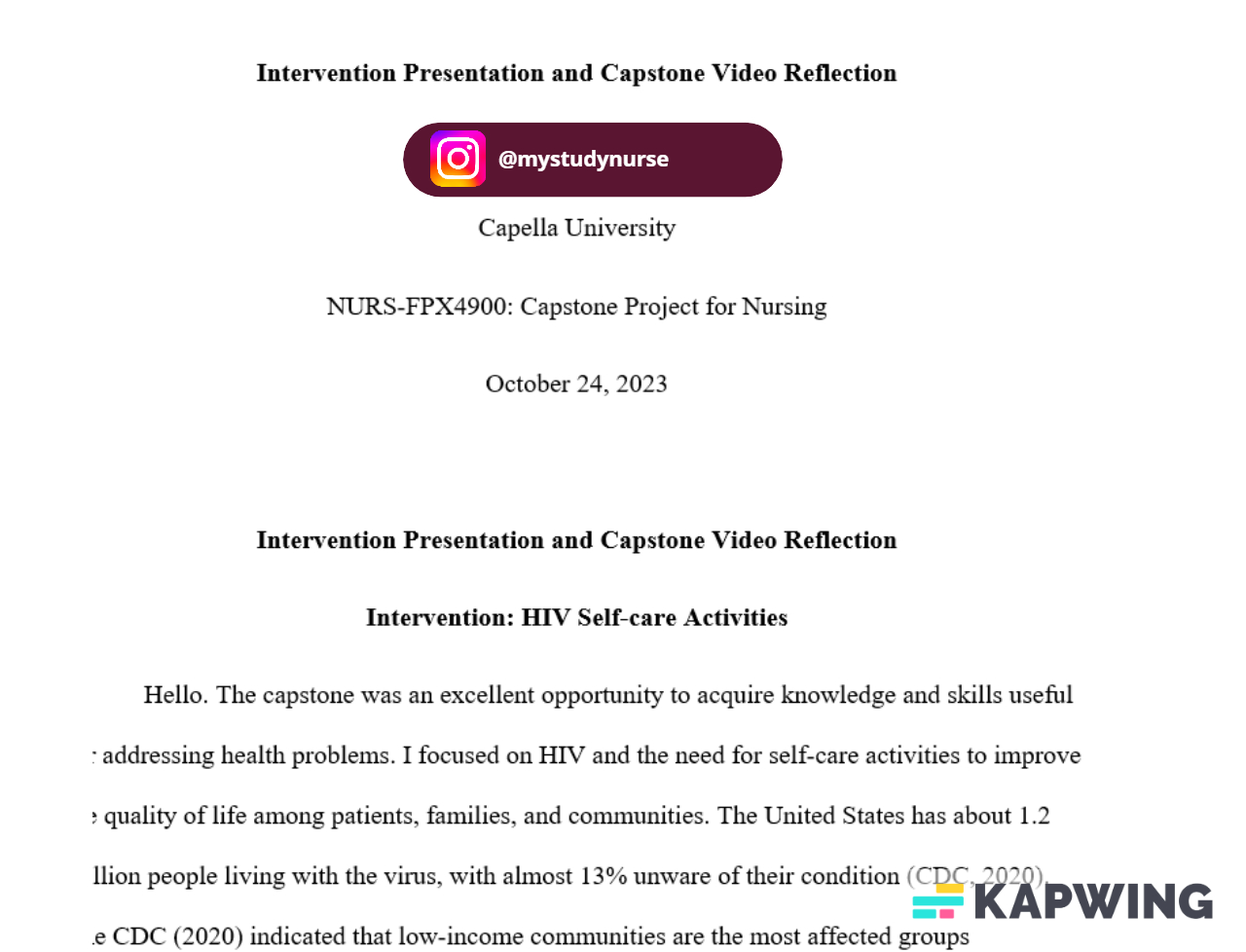Summary Report
Capella University:BHA-FPX4106 Assessment 04: Summary Report: Health Care Information Review for Linkage to HIV Care: Introduction to Managing Health Care Information
Assessment 04: Summary Report: Health Care Information Review for Linkage to HIV Care
February 5, 2023
By:
Overview
Effective data collection makes the care team responsive to the needs of patients living with HIV. The team accurately and adequately captures a client’s demographic, progress notes, lab results, treatments, medical histories, discharge summaries, hospital admissions, and medication reviews. This healthcare information review provides a comprehensive view of pathways designed to enhance the safety and quality of patient care when accessing and sharing information aross the care continuum. The care team effectively responds to a patient’s health information, HIV test results, physician visits, and recommended treatment based on calls for evidence-based and patient-centered interventions necessary to optimize care outcomes.
Key Study Components
- Data Collection Plan-The plan is to review information related to a patient’s linkage to HIV care. In this case, the care team understands the framework for enhancing security, privacy, and confidentiality of HIV progress notes, lab results, treatments, medical histories, discharge summaries, hospital admissions, and medication reviews. The information are in the hospital’s electronic health records system, which makes it easier to access and share for timely and effective response to a client’s medical needs.
- Data Security Plan- Data confidentiality, privacy, and security are priorities that guide the care team on fulfilling duty of care. Everyone appreciates calls for extra vigilance when handling sensitive patient information (Tariq & Hackert, 2020). For instance, only individuals with permission will access or share protected health information. Training and education on data protection will make everyone responsive to administrative, technical, and physical safeguards that ensure data integrity and confidentiality. PHI used in the medical environment will be destroyed as soon as it is done being used.
- Benchmarking Plan- The data on quality measures include largely entail linkage to HIV care. This way, the care team makes informed decisions about best practices necessary for delivering safe, quality, and cost-effective patient care (Oachs & Watters, 2020). Comparing the hospital’s data with national standards enable the care team to identify gaps in the system and improvements necessary to strengthen linkage to HIV care across the continuum.
Quality and Change Management Strategies-The facility will align everyone’s behavior and practices with strategic priorities by encouraging everyone to identify gaps within the system and adjustments necessary to facilitate quality improvement processes. Recommended practices include streamlining communication and interdisciplinary engagement. Small-scale achievements will allow everyone to visualize processes, structures, and procedures for enhancing effective and efficient information flow across the continuum (Gjellebæk et al., 2020). Further, the care team will consider quality improvement as an iterative process that requires frequent adjustments to identify new and better frameworks for optimizing care outcomes. Best practices for departmental workflow involve communicate objectives clearly to make the team aware of goals as incremental processes that determine short and long-term progress.
Conclusion
Handling patients with HIV/AIDS means facilitating interactions between the physicians, nurses, lab technicians, pharmacists, and case managers to facilitate effective linkage to HIV care. Breach of confidentiality, security, or privacy undermine the quality, cost, and safety of patient care. In this case, improvements in structures, procedures, and standards are necessary to reduce the risk of exposing sensitive details such as diagnosis, disease progression, and patient’s demographic details to unauthorized parties. Enhanced efforts reinforce positive health-seeking behavior necessary to prevent the risk of patients discontinuing therapies.This improvement plan guides the care team on the need for consistent commitment to demonstrating behaviors, attitudes, and actions that prevent them from exposing sensitive details that jeopardize consumer confidence in services provided by the care team.
Reference
Gjellebæk, C., Svensson, A., Bjørkquist, C., Fladeby, N., & Grundén, K. (2020). Management challenges for future digitalization of healthcare services. Futures, 124, 1-8.
Oachs, P. K., & Watters, A. L. (2020). Health information management: Concepts, principles, and practice (6th ed.). AHIMA Press.
Tariq, R. A., & Hackert, P. B. (2020). Patient confidentiality. StatPearls Publishing, 20. http://www.ncbi.nlm.nih.gov/books/NBK519540/
Gantt Chart
| Task | Description | Week one | Week two | Week three | Week four | Week six | Week seven | Week 8 |
| Develop the plan | Establish a goal, which entails clear communication and ability to gauge short-term progress | |||||||
| Selecting measures to monitor progress | Measures include efficiencies and effectiveness in linking patients to HIV care | |||||||
| Testing and refining data collection procedures | Identify incremental modifications appropriate for improving information flow across the facility | |||||||
| Ensuring the improvement is sustainable | Empower the care team to embrace behaviors, attitudes, and actions that promote flexible linkage of patients to HIV care. |

